Few culinary traditions inspire as much passion and fierce loyalty as those surrounding steak and barbecue. Argentina and Texas stand as two global powerhouses in the realm of beef preparation, each with devoted followers who consider their approach superior. Both have developed rich, complex relationships with cattle and meat that extend far beyond mere sustenance into the realm of cultural identity.
Here is a list of 20 fascinating differences that reveal how these two beef-loving cultures developed entirely different approaches to similar ingredients.
Cooking Method
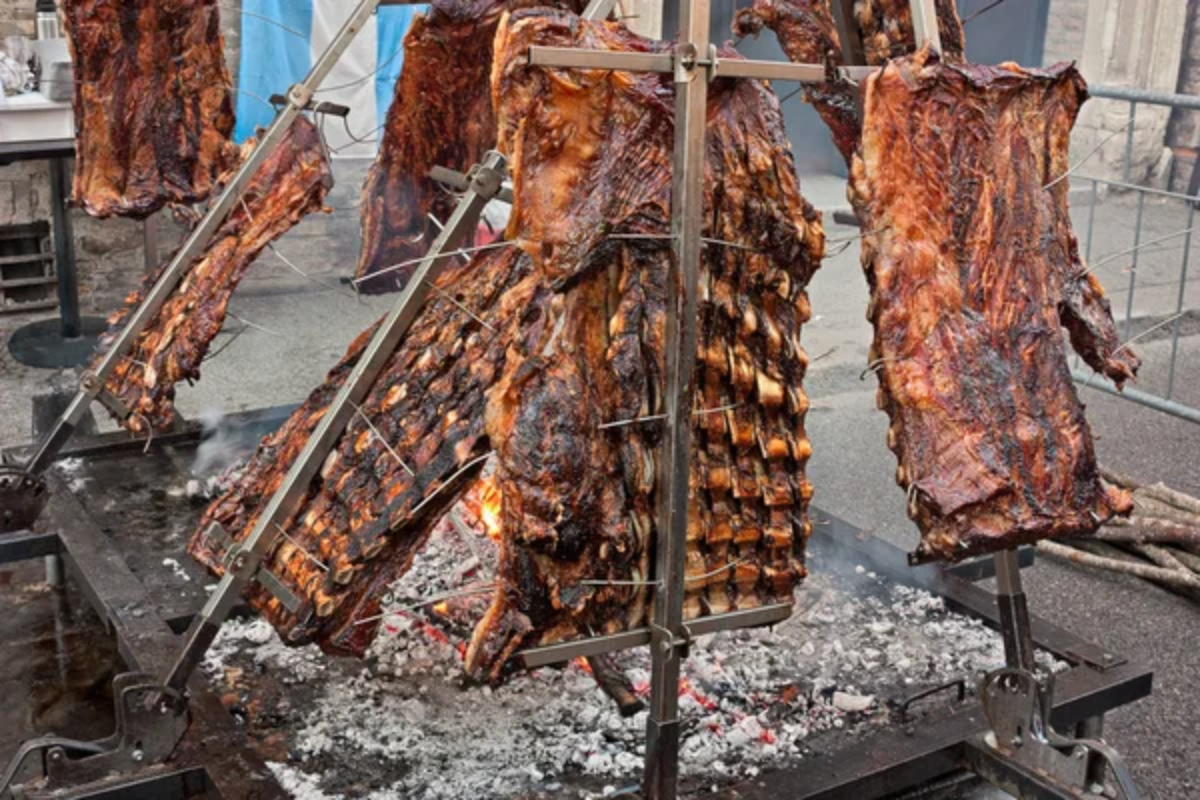
Argentinians cook their beef on a parrilla, a simple grill with adjustable heights on which meat cooks over wood embers rather than direct flame. Texans smoke their barbecue low and slow in offset smokers or pits, where the meat never touches direct heat but bathes in wood smoke for many hours, creating entirely different flavor profiles and textures.
Wood Selection

Texas pitmasters swear by specific woods like post oak, mesquite, and hickory, which are selected for their distinct smoke characteristics and carefully managed to maintain ideal smoking temperatures. Argentinian asadores prefer quebracho and other native hardwoods that burn down to clean-burning embers, focusing on heat generation rather than imparting intense smoke flavors to the meat.
Like Travel Pug’s content? Follow us on MSN.
Seasoning Philosophy
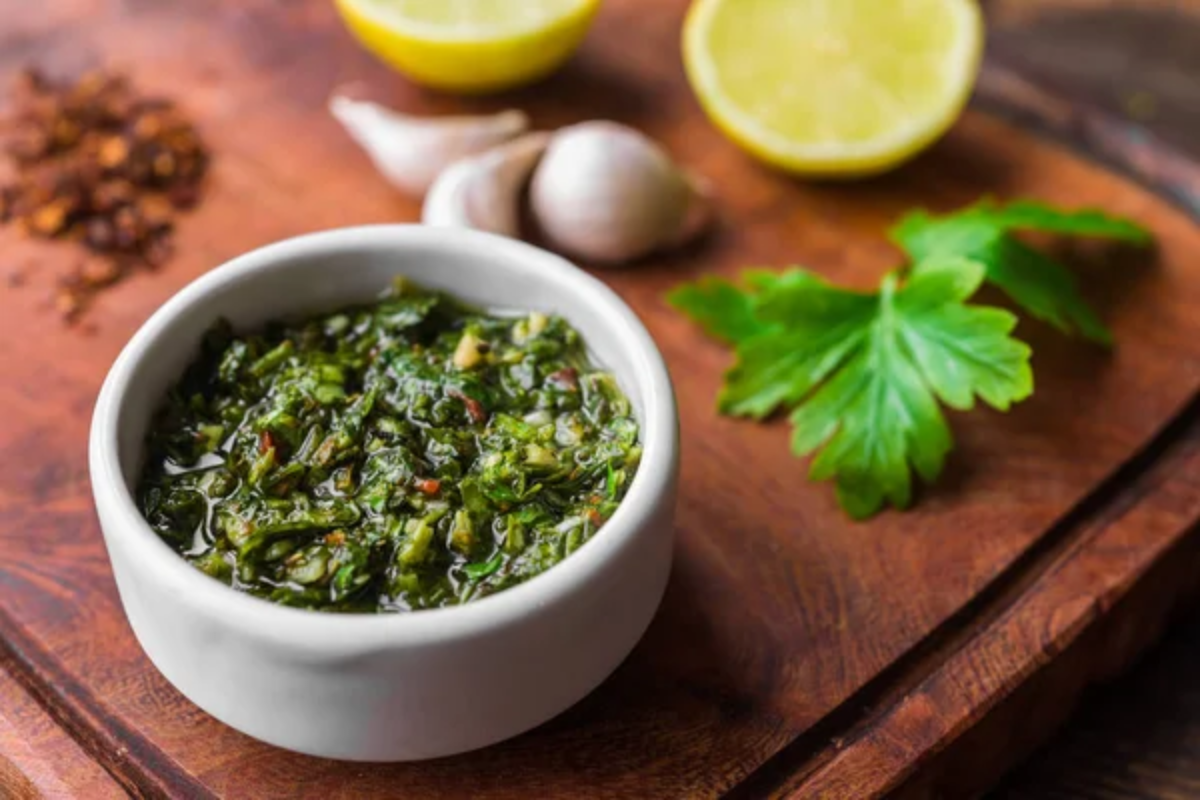
Argentinians typically season their beef with nothing more than coarse salt, believing that high-quality meat should speak for itself without additional flavors masking its natural taste. Texas barbecue embraces complex spice rubs featuring combinations of salt, black pepper, garlic, paprika, and various other spices that create a flavorful bark on the exterior of the meat during the long cooking process.
Sauce Approach
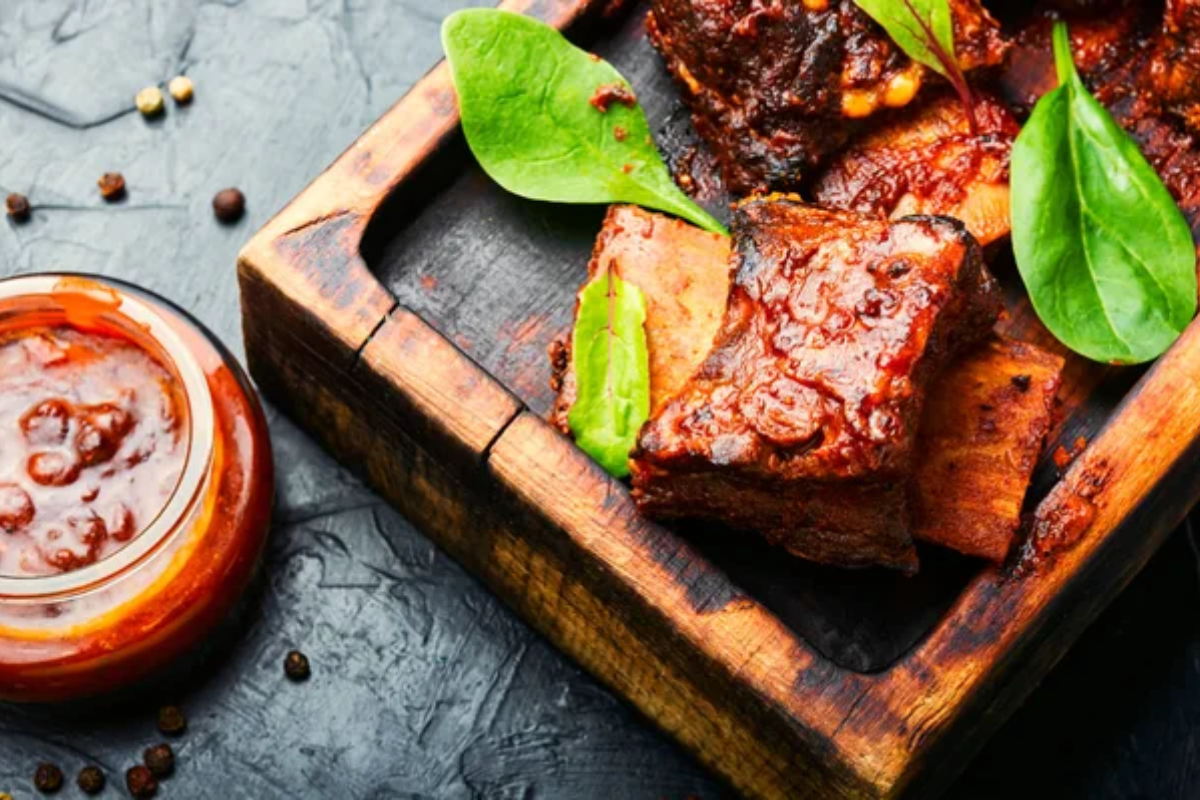
Traditional Texas barbecue often includes serving sauce on the side, with regional variations ranging from thick, sweet tomato-based sauces to thinner, more vinegar-forward varieties. Argentina largely rejects barbecue sauce entirely, instead offering chimichurri – a fresh, herb-based condiment made with parsley, oregano, garlic, vinegar, and olive oil that complements rather than covers the beef flavor.
Preferred Cuts
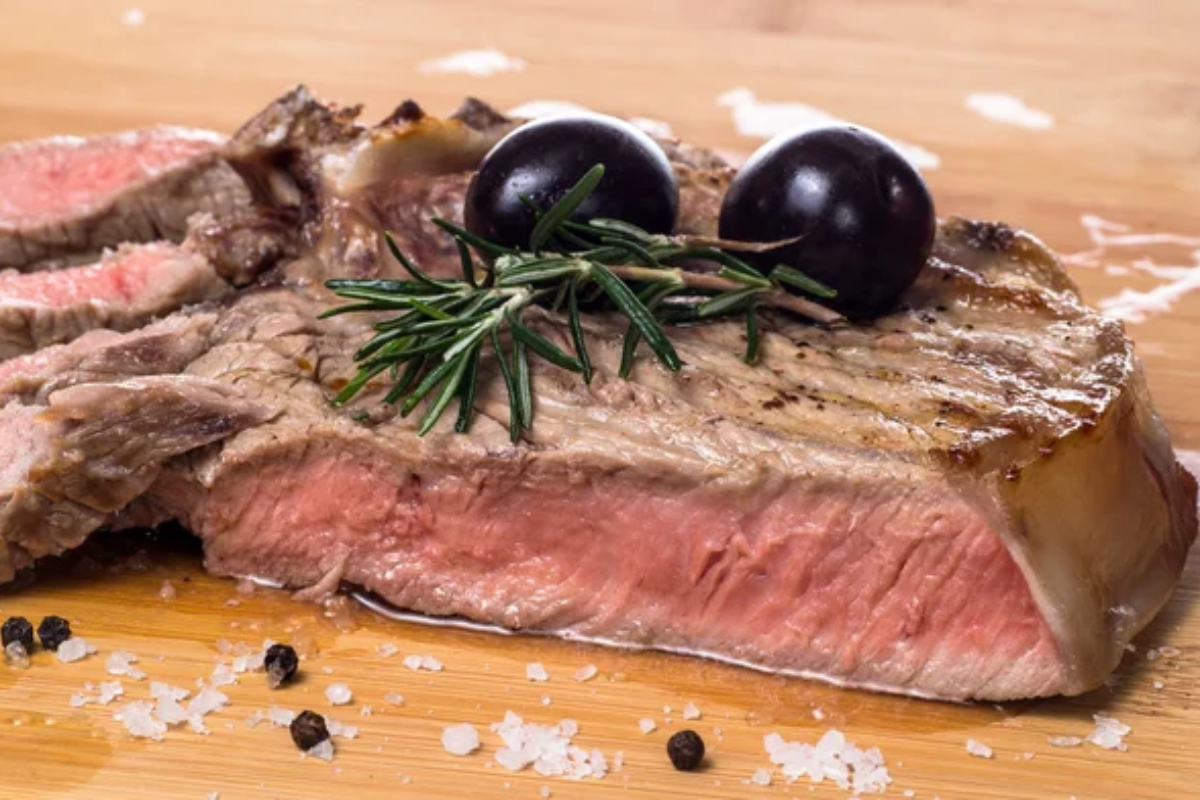
Argentinians prize cuts unfamiliar to most Americans, including vacío (flank), entraña (skirt steak), and asado de tira (short ribs cut across the bone), showcasing their nose-to-tail approach to beef. Texas barbecue traditionally centers on brisket, a tough pectoral muscle that requires extensive cooking time, along with beef ribs, sirloin, and other cuts that respond well to the low-and-slow smoking method.
Like Travel Pug’s content? Follow us on MSN.
Cattle Breeds
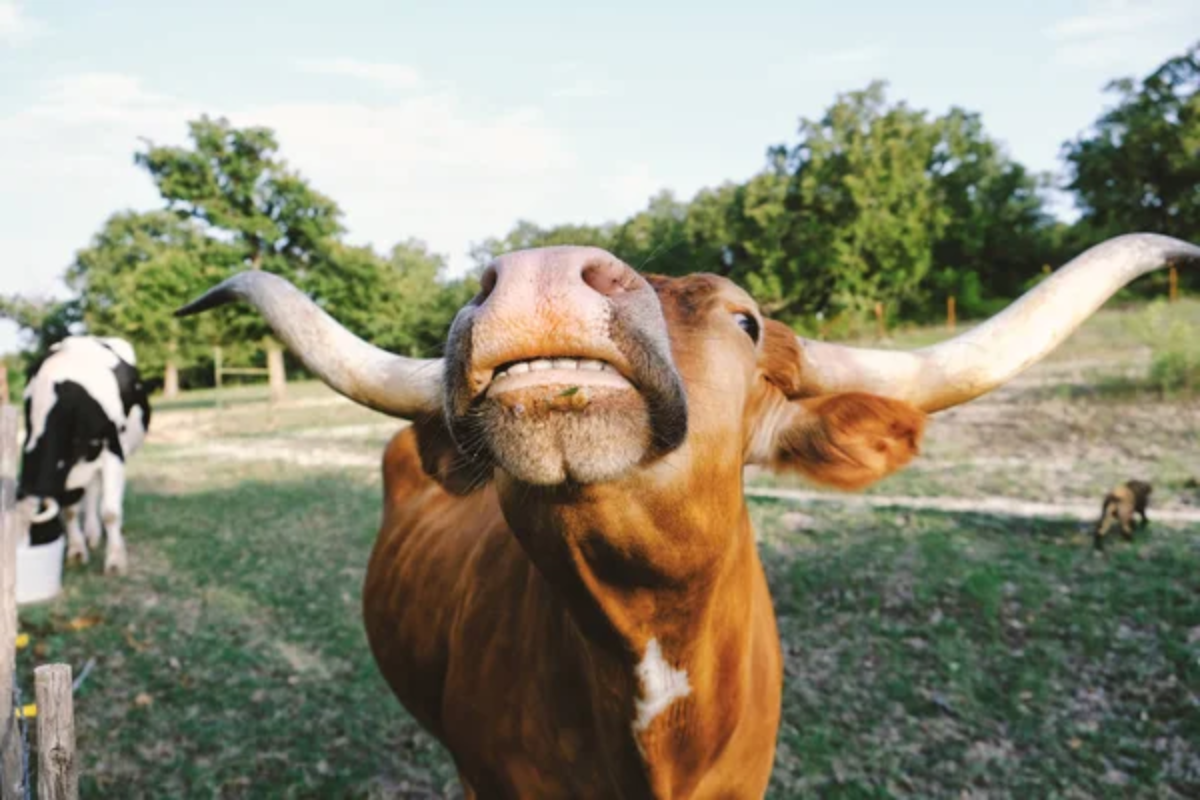
Argentina’s beef industry developed around British breeds like Aberdeen Angus and Hereford, which were introduced in the 19th century and raised primarily on grass. Texas historically raised Longhorns, a hardy breed descended from Spanish cattle that could survive the harsh environment. However, today’s Texas beef production includes numerous breeds finished on grain for maximum marbling.
Raising Methods
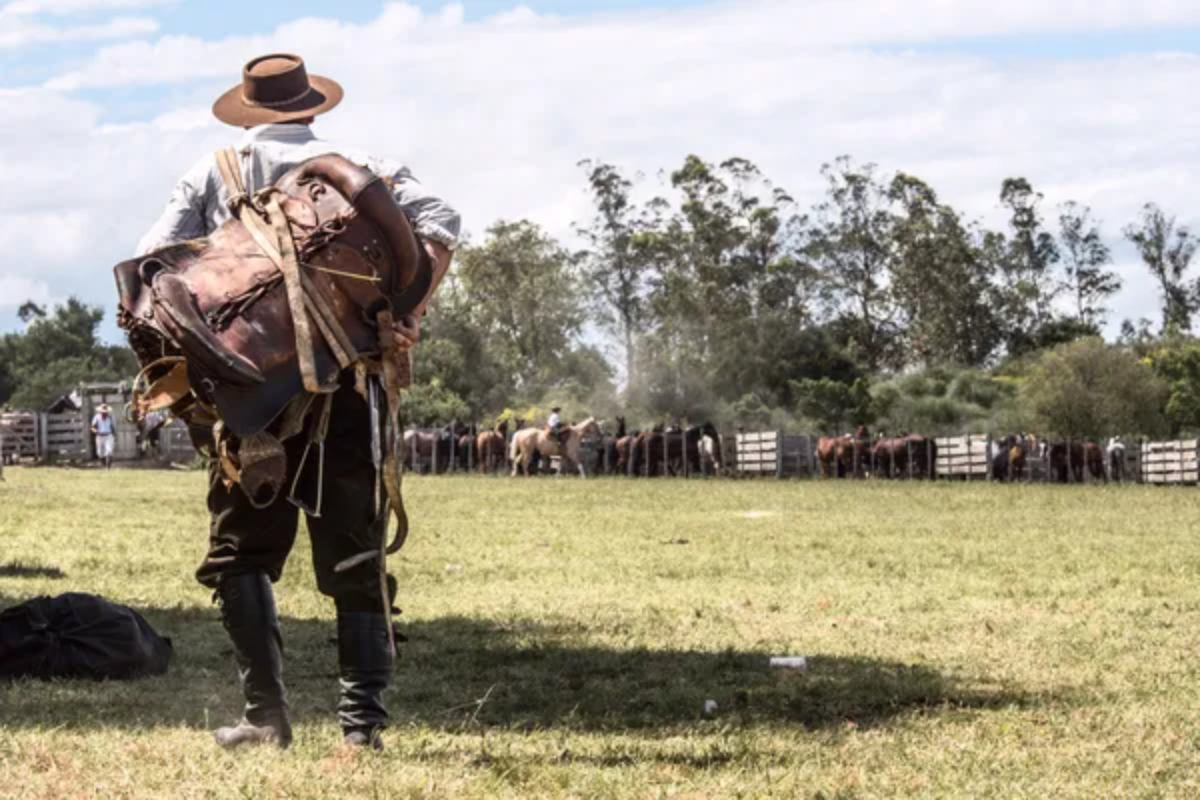
Argentinian cattle traditionally graze on the vast, fertile grasslands of the Pampas region, leading to leaner beef with distinctive grassy flavor notes and a different fat composition. Texas cattle operations more commonly incorporate feedlots for finishing, where cattle consume grain-based diets that produce more intramuscular fat marbling, affecting both flavor and texture.
Meal Structure
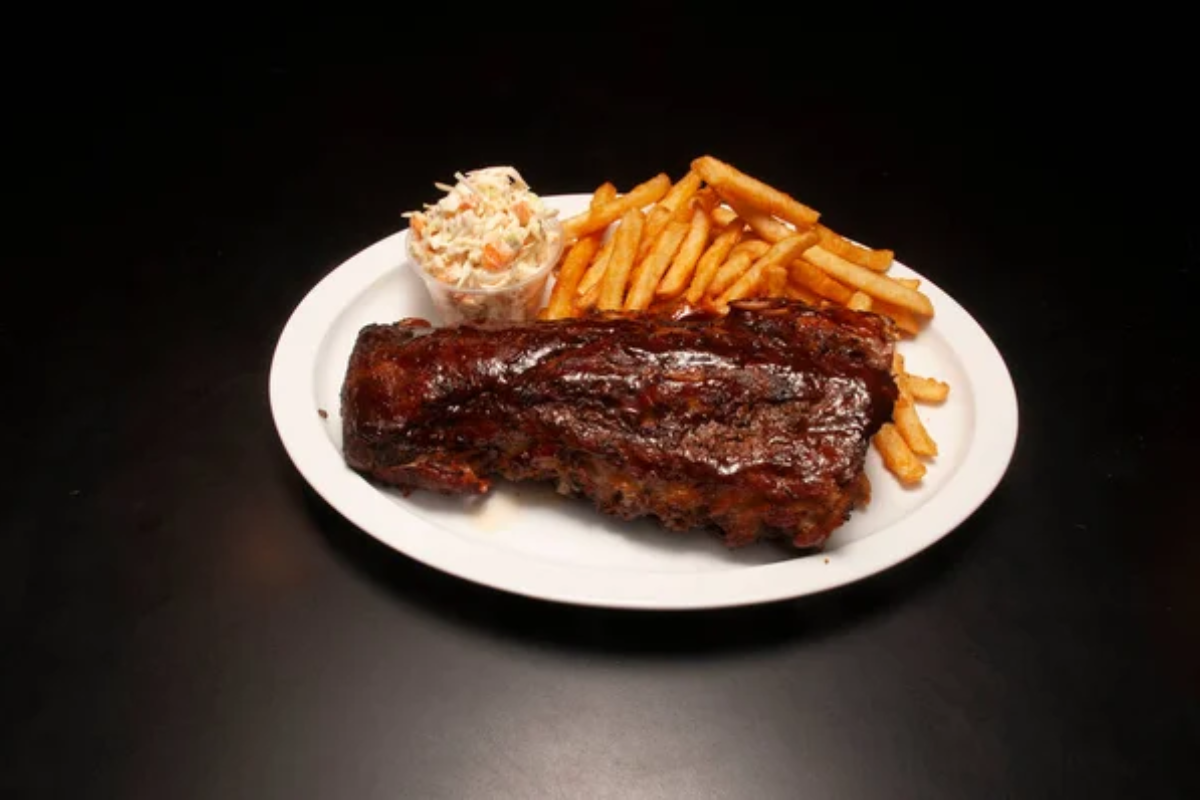
An Argentinian asado functions as a social gathering that unfolds over several hours, beginning with achuras (organ meats) and progressing through various cuts served as they finish cooking. Texas barbecue restaurants typically serve all meats at once, often on butcher paper or trays, with sides like coleslaw, beans, and potato salad accompanying the main attraction.
Like Travel Pug’s content? Follow us on MSN.
Side Dishes
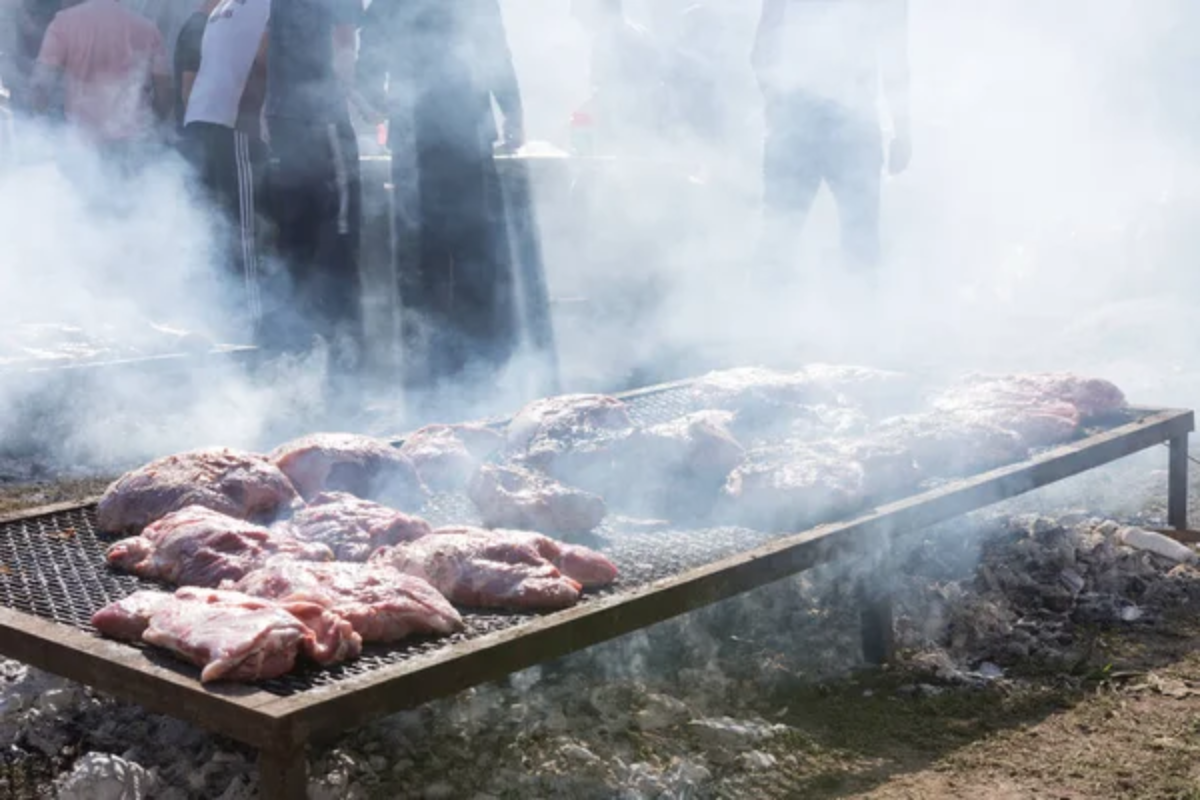
Texas barbecue comes with hearty, rich sides, including mac and cheese, pinto beans, potato salad, and coleslaw that complement the smoky meat flavors. Argentinian asados feature simpler, lighter accompaniments like simple green salads, provoleta (grilled provolone cheese), and bread, keeping the focus squarely on the beef itself.
Dining Atmosphere
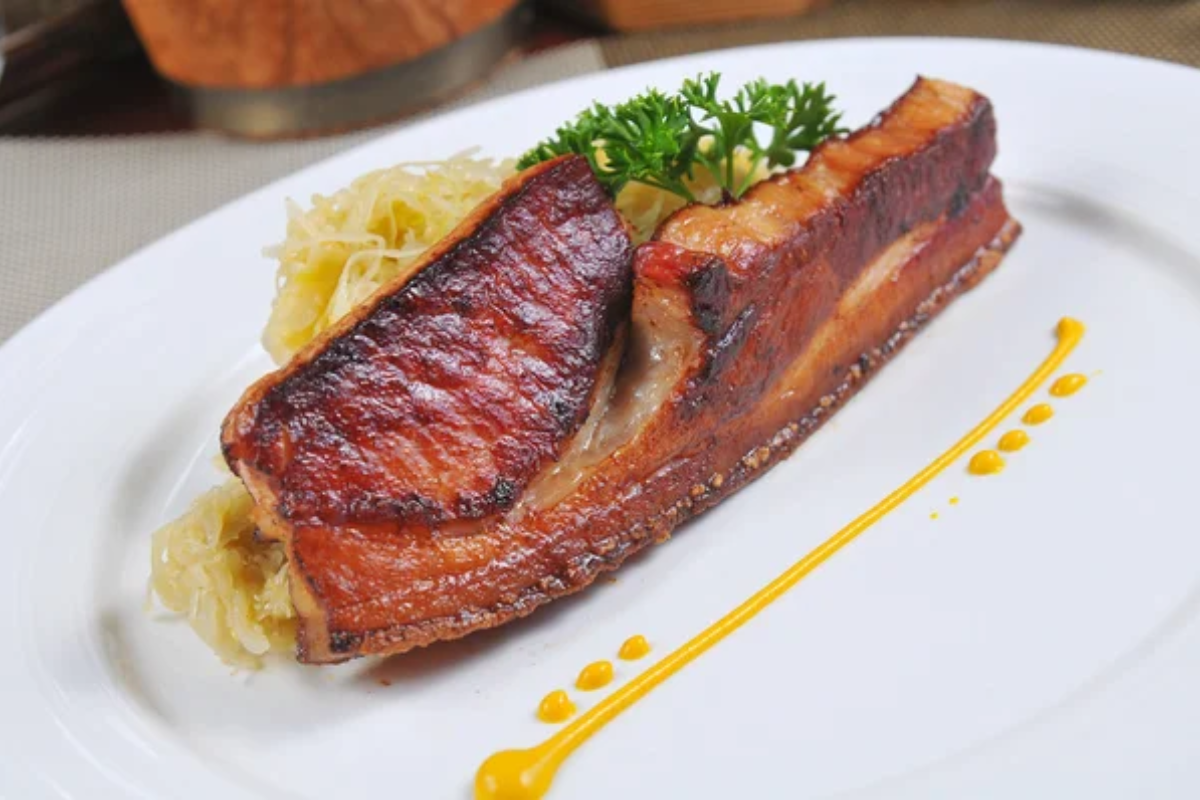
Traditional Texas barbecue joints embrace a rustic, utilitarian aesthetic with communal tables, butcher paper instead of plates, and a focus on the food rather than formal dining elements. Argentinian parrilla restaurants often feature open grills where diners can watch their meat being prepared, creating a more theatrical dining experience within more conventional restaurant settings.
Cultural Significance
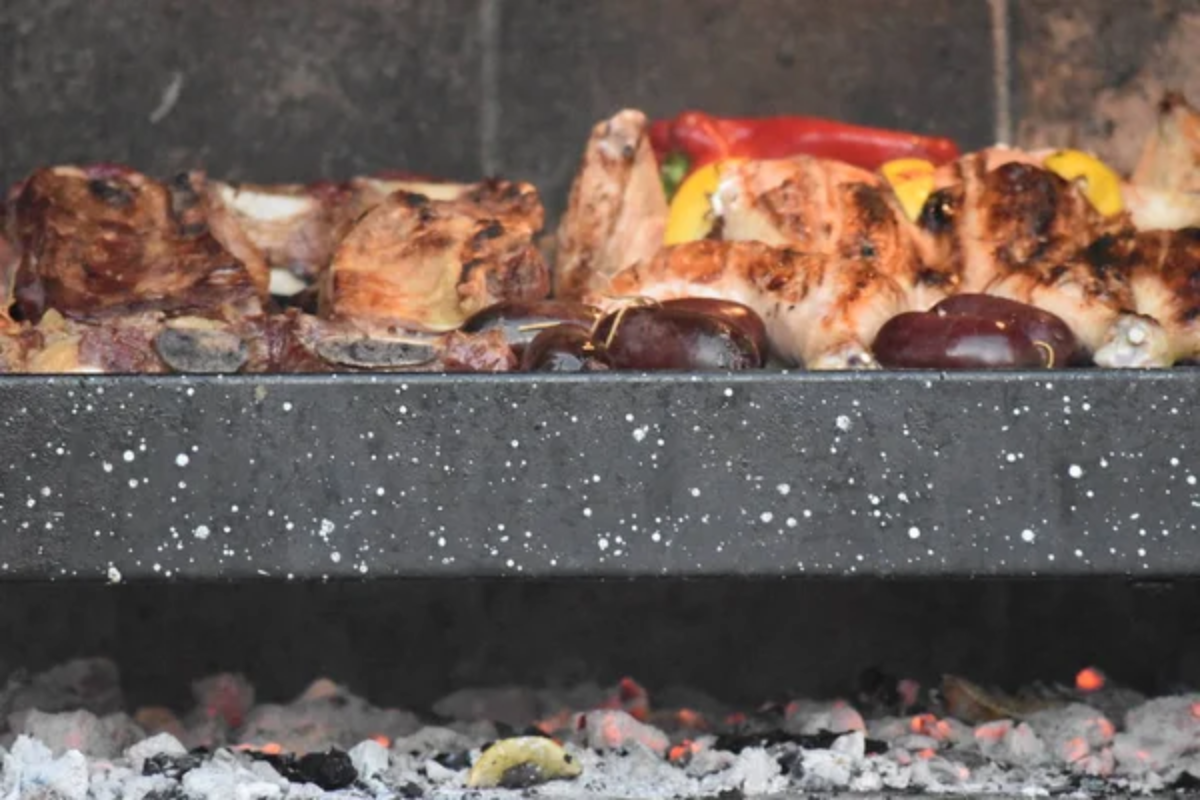
In Argentina, asado represents a fundamental aspect of national identity that transcends social classes and brings together families and communities in a ritual that has remained largely unchanged for generations. Texas barbecue connects to regional identity and often carries family legacies, with techniques and recipes passed down through generations and fierce loyalty to specific barbecue styles within different regions of the state.
Like Travel Pug’s content? Follow us on MSN.
Historical Development
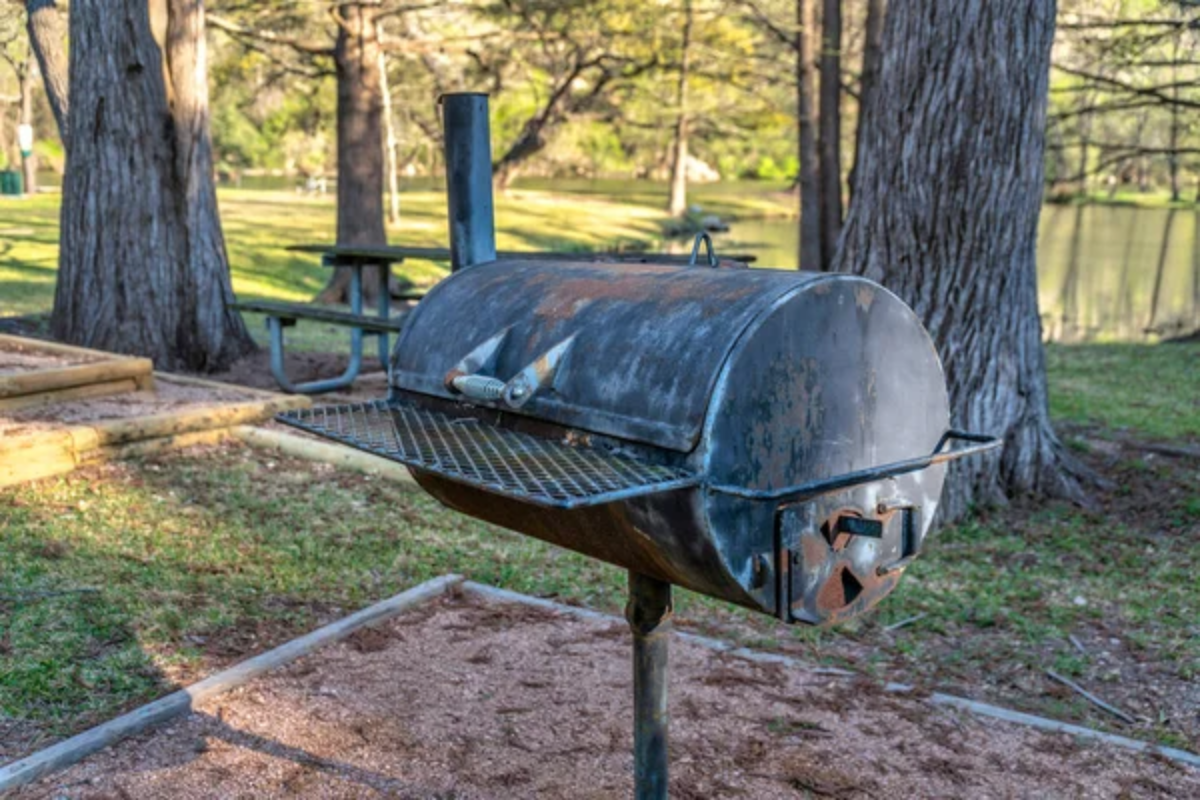
Argentinian beef culture evolved from the gaucho tradition, where cattle roaming the pampas was abundant, and cooking methods were developed from necessity using available resources. Texas barbecue has roots in multiple traditions, including Mexican barbacoa, German and Czech meat-smoking practices brought by immigrants, and African American cooking techniques, creating a unique cultural fusion.
Drink Pairings
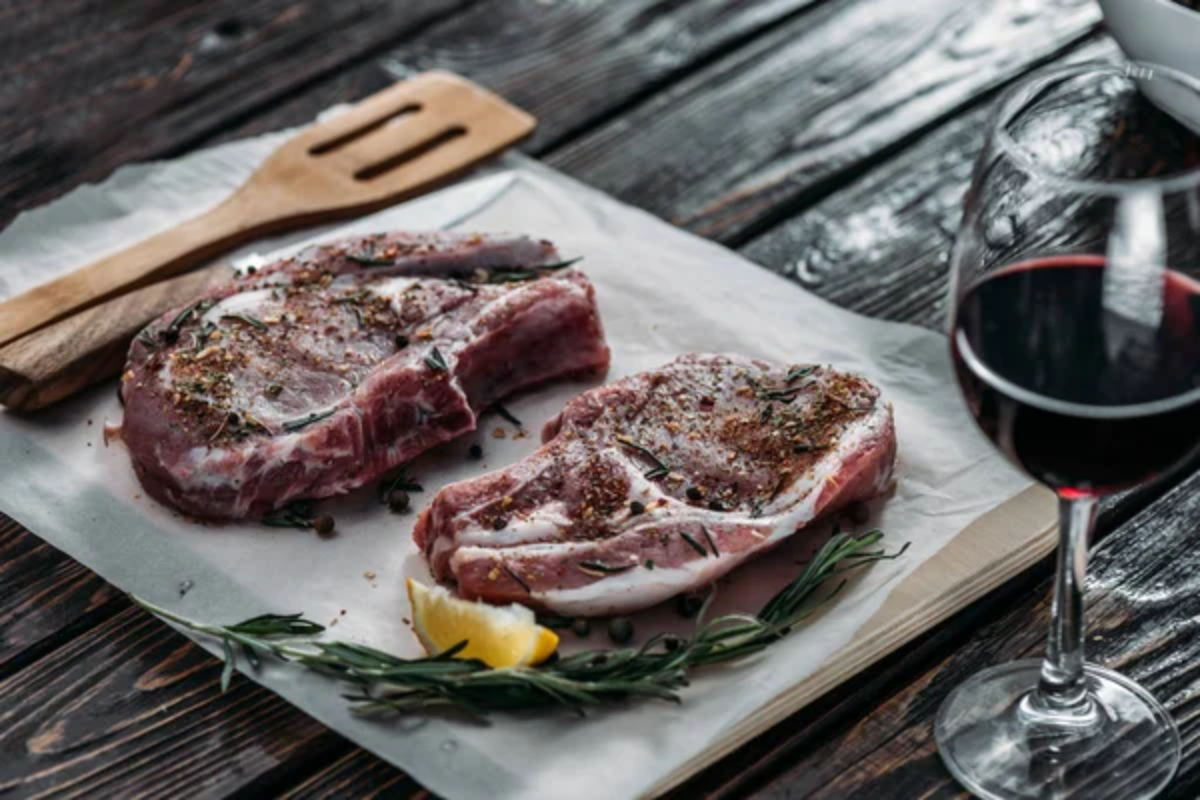
Argentinians traditionally pair their beef with robust Malbec wines grown in the Mendoza region, with the wine’s tannins complementing the meat’s rich proteins. Texas barbecue commonly comes with cold beer, sweet iced tea, or bourbon, reflecting different climate considerations and cultural drinking preferences developed in the American South.
Service Style
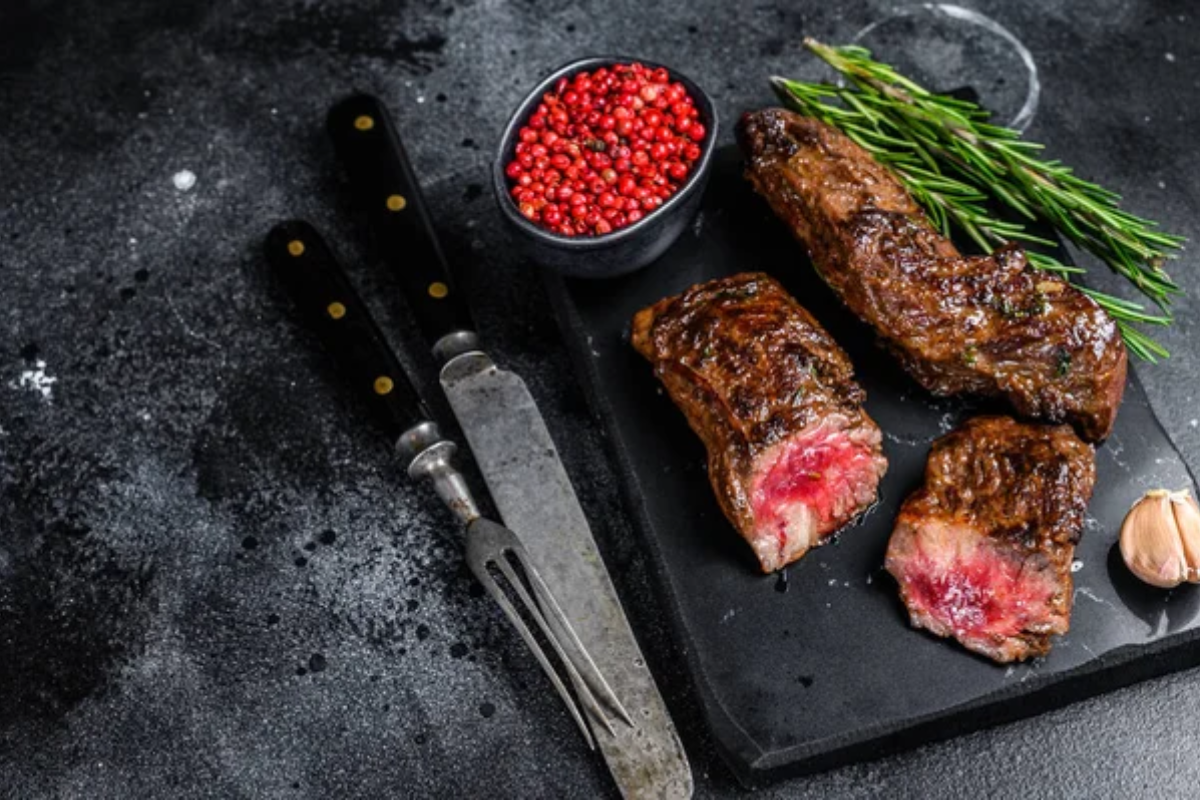
Texas pitmasters often slice meat to order in front of customers, with brisket carefully separated into ‘moist’ or ‘lean’ sections according to diner preference. Argentinian asadores typically serve large, shared platters of various cuts that arrive at the table throughout the meal, encouraging communal dining and conversation as the meal unfolds gradually.
Like Travel Pug’s content? Follow us on MSN.
Time Commitment
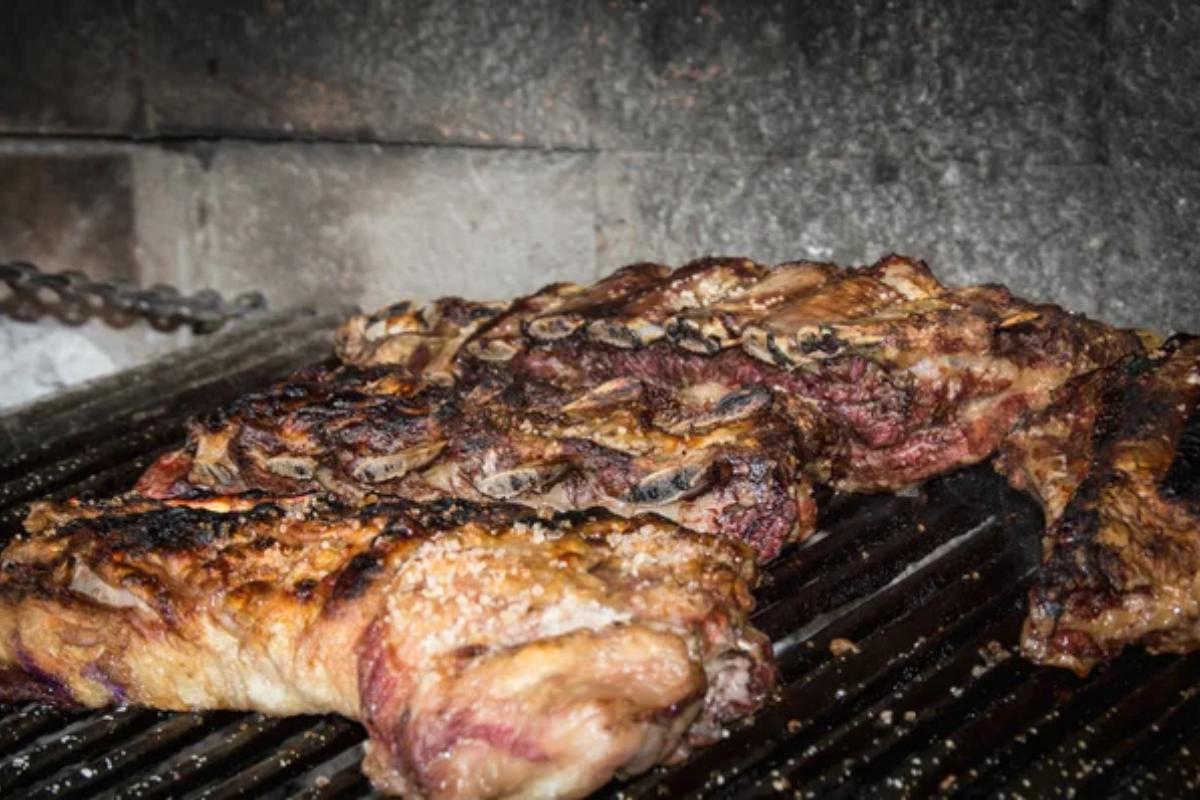
Texas-style barbecue involves extraordinarily long cooking times, with briskets often smoking for 12-16 hours, requiring pitmasters to tend fires overnight in a demonstration of dedication to the craft. Argentinian cooking moves faster, with most cuts grilling over embers for under an hour, though the entire asado experience stretches over many hours as different meats are served sequentially.
Professional Status
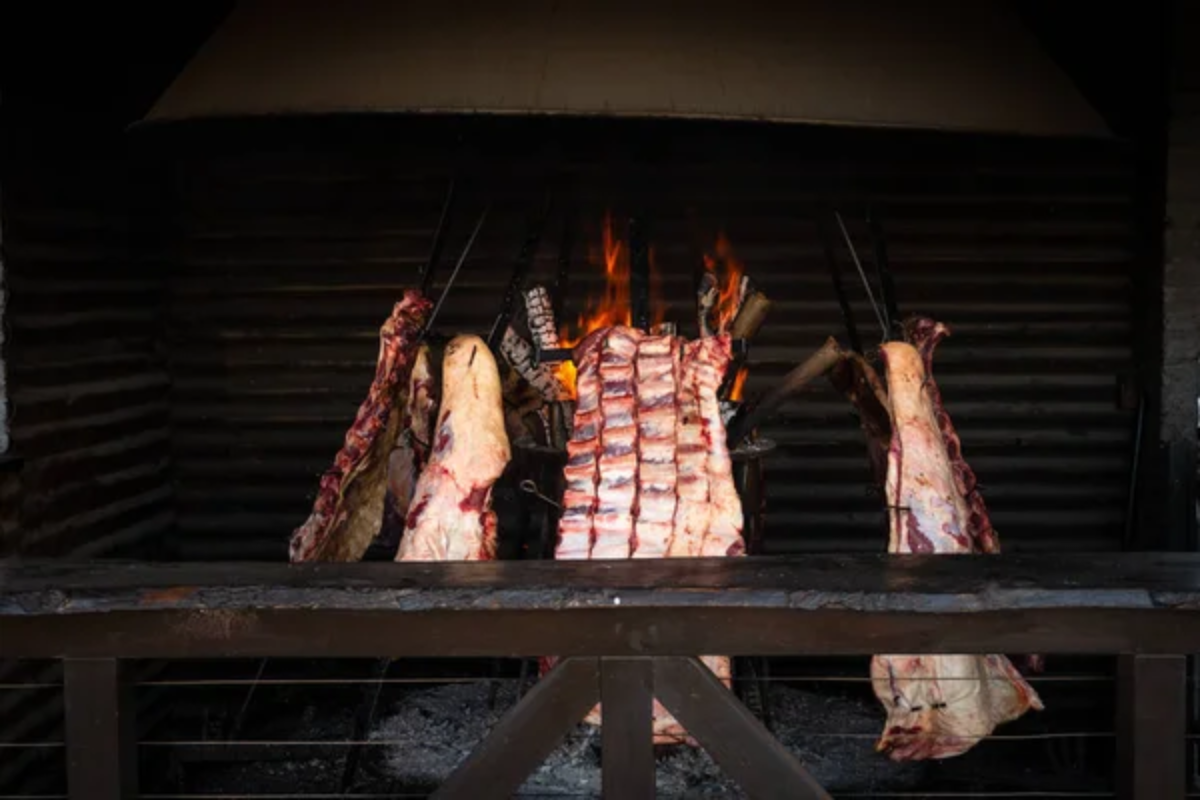
Texas has elevated barbecue pitmasters to celebrity status, with renowned practitioners like Aaron Franklin achieving fame that extends far beyond the state. Argentina maintains a tradition of the asador as an honored but more humble position, typically a family member or friend who assumes responsibility for cooking rather than a professional chef seeking recognition.
Regional Variations
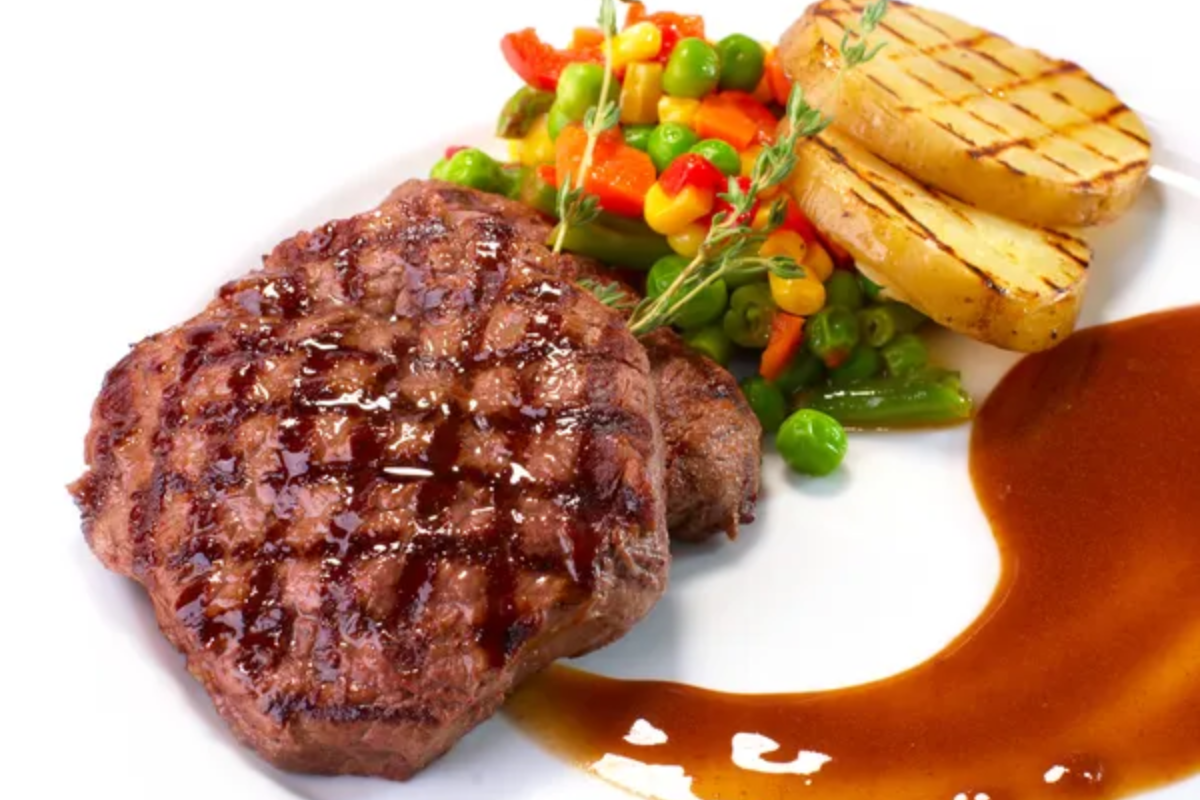
Texas contains distinct barbecue regions, including East Texas, which has a sauce-heavy approach; Central Texas, which has simpler salt-and-pepper rubs; and South Texas, which has Mexican influences. Argentina maintains relatively consistent cooking methods throughout the country, with regional differences focusing more on specific favorite cuts rather than fundamentally different preparation styles.
Like Travel Pug’s content? Follow us on MSN.
International Perception
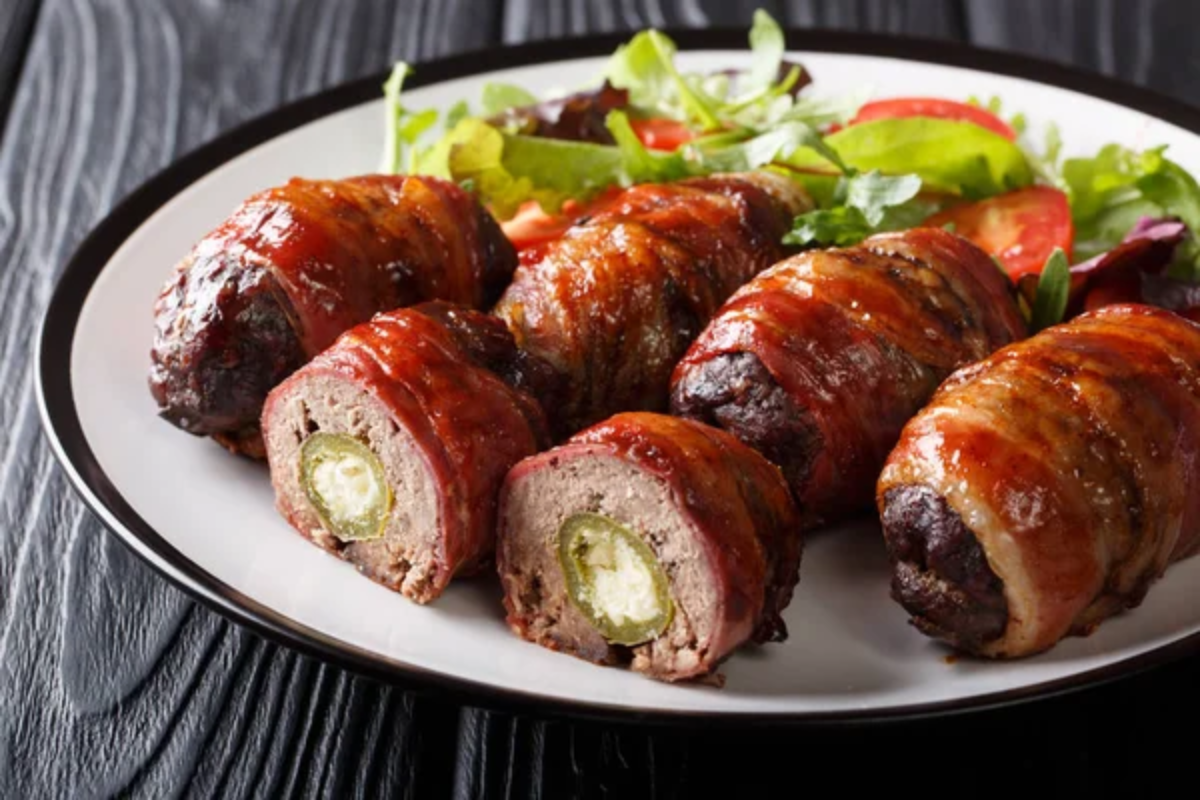
Texas barbecue has become an international phenomenon, with techniques and restaurants spreading globally and enthusiasts attempting to replicate authentic methods around the world. Argentinian asado remains less exported as a commercial concept, maintaining stronger ties to its homeland and experiencing less adaptation to international palates.
Beef Consumption
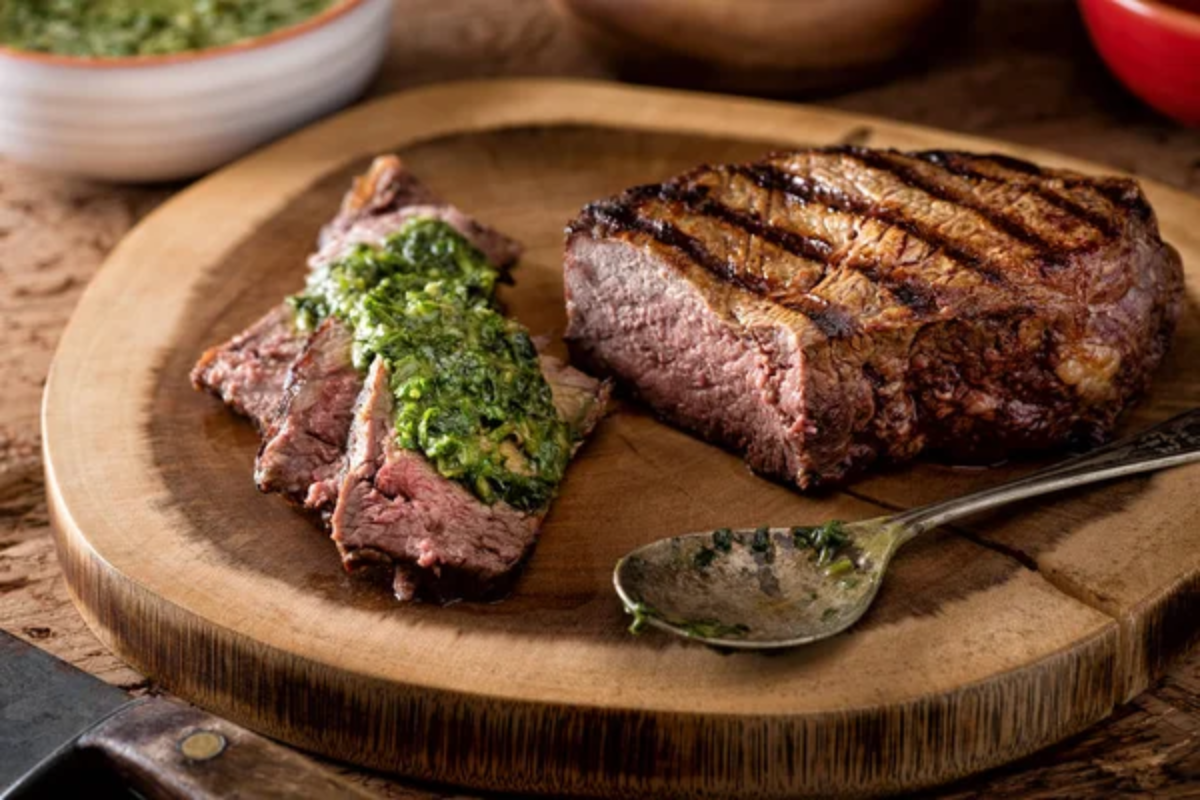
Argentinians historically consumed more beef per capita than almost any nation on earth, with annual consumption reaching 140 pounds per person in the peak years. Texans certainly enjoy their barbecue, but they consume it less frequently as a special occasion food rather than nearly daily sustenance, reflecting the different roles of beef in everyday diets.
Modern Challenges
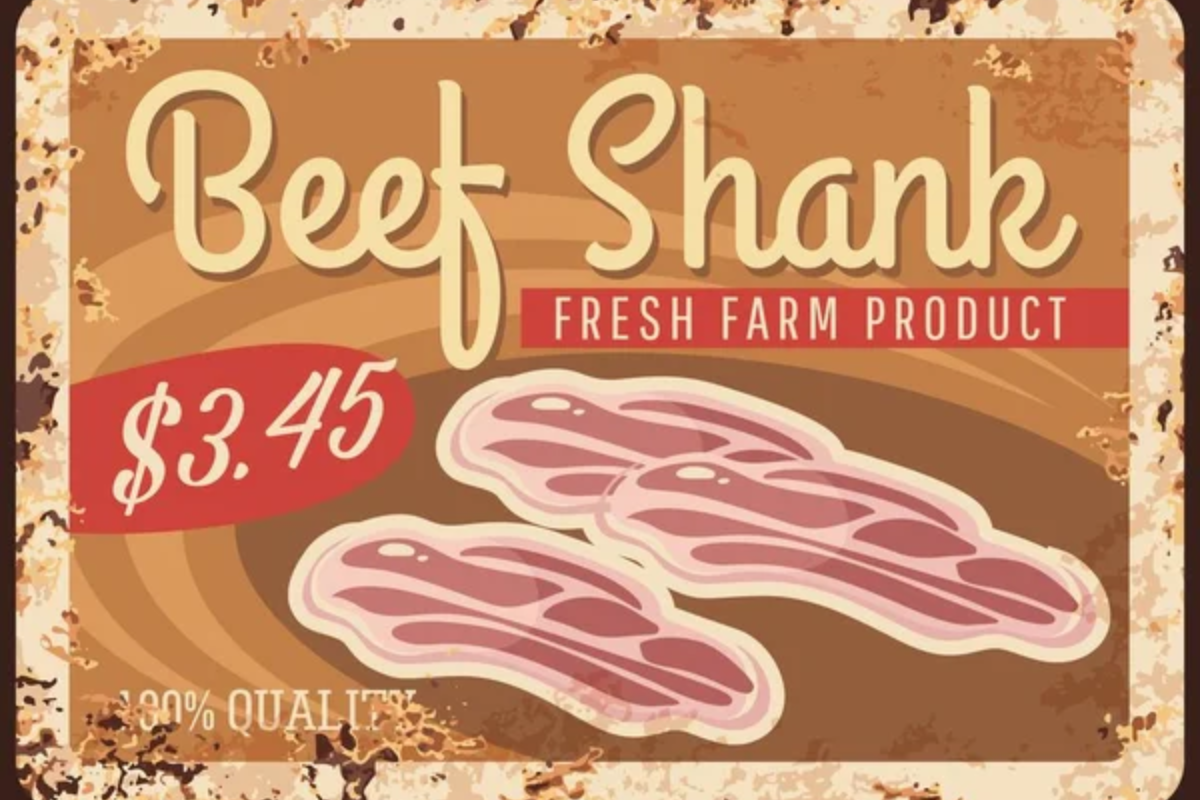
Texas barbecue faces challenges from rising beef prices, environmental concerns about smoking, and the commercialization of what was traditionally a humble food. Argentina grapples with economic pressures on beef production, export demands competing with domestic consumption, and younger generations incorporating more diverse foods into their diets beyond the traditional asado.
Like Travel Pug’s content? Follow us on MSN.
The Shared Spirit of Beef Culture
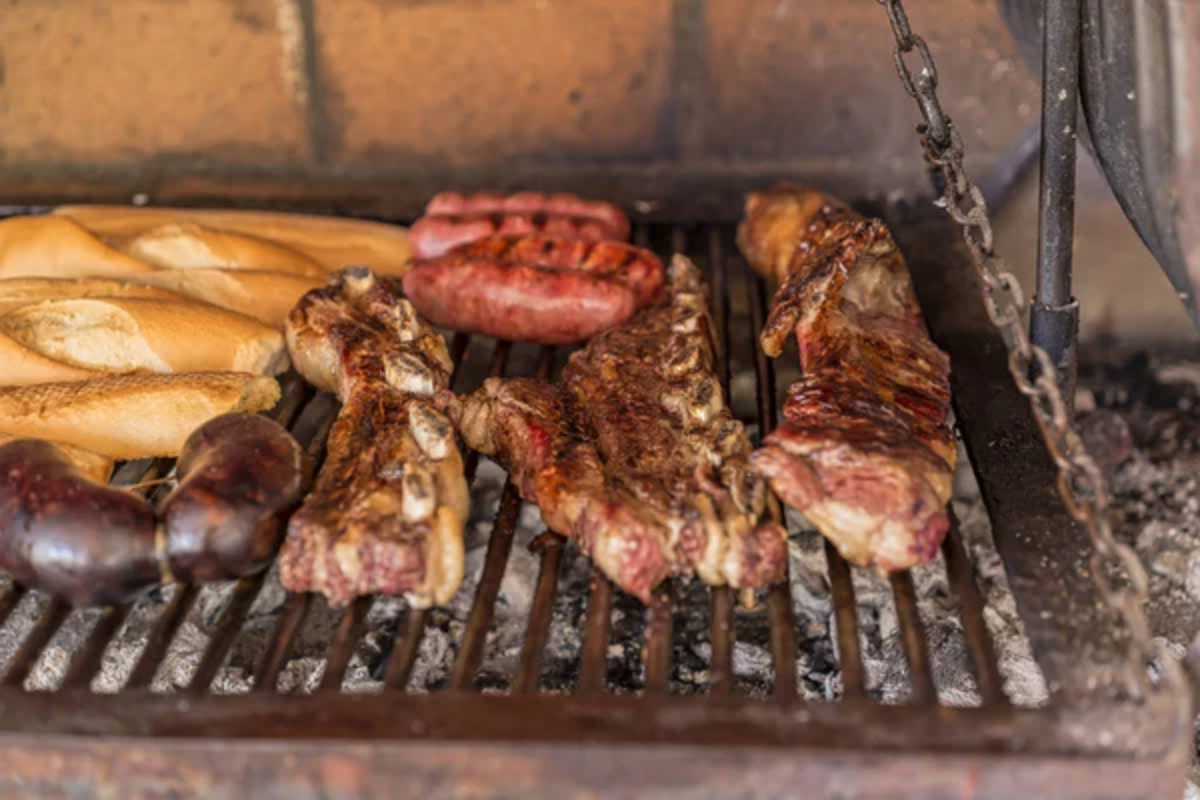
Despite their profound differences, both Argentina and Texas have developed cultures that elevate beef from mere food to cultural touchstone. Each tradition reflects its unique geography, history, and values while sharing a common appreciation for the transformative power of fire and time on beef.
Whether you prefer the clean, direct approach of Argentine cooking or the complex, smoky depth of Texas barbecue ultimately says more about your cultural background than about which technique produces objectively superior results.
More from Travel Pug

- 20 Towns Built for One Purpose That Were Later Abandoned
- 15 Hidden Spots in Disney World’s Magic Kingdom Most Visitors Miss
- 20 Once-Popular Beach Towns That Are Now Ghostly Empty
- 15 Canyons in the U.S. That Are Just as Stunning as the Grand Canyon
- 10 Under-the-Radar Mountain Towns That Are Both Affordable and Beautiful
Like Travel Pug’s content? Follow us on MSN.
